Sunday Oct 26, 2025
Sunday Oct 26, 2025
Thursday, 1 December 2022 00:00 - - {{hitsCtrl.values.hits}}
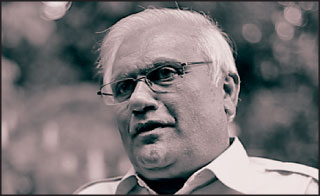
Prof. Nimal Gunatilleke
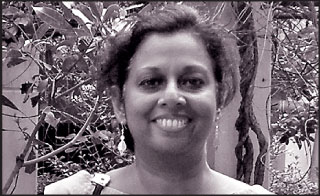
Dr. Jinie Dela

Anura Sathurusinghe
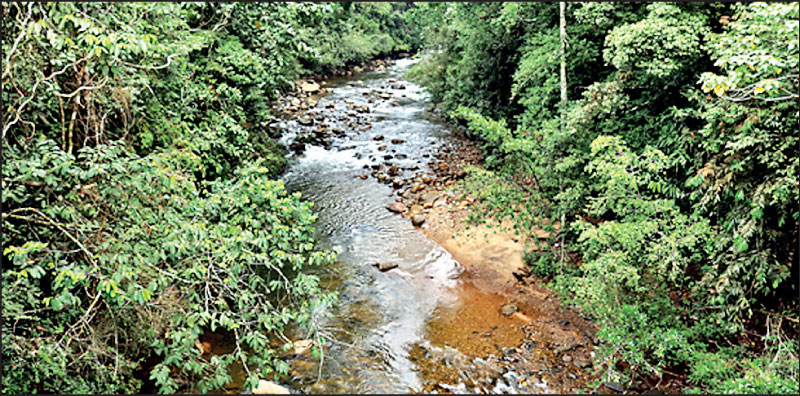
Aranuwa Dola bordering Pitadeniya Southern Sinharaja - Pic by Madura De Silva
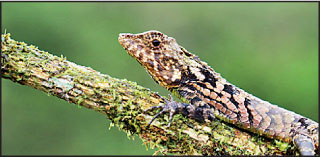 |
|
Lizard Calotes desilvai, commonly known as the Morningside Lizard unique to Eastern Sinharaja
|
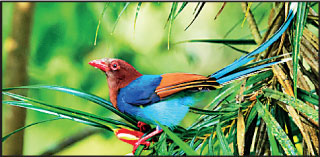 |
|
Sri Lankan Blue Magpie by Riaz Cader
|
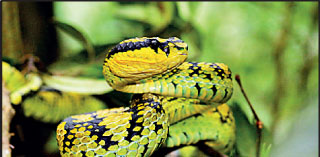 |
|
Sri Lankan Green Pit Viper Image by Madura De Silva
|
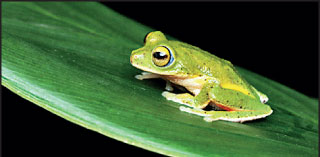 |
|
Pseudophilautus poppiae, known as Poppy's shrub frog, is an point endemic to Eastern Sinharaja
|
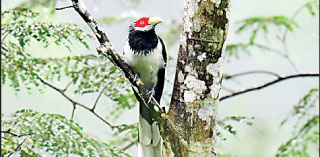 |
| The Red-faced Malkoha by Sriyan de Silva Wijeyeratne
|
A Saving Sinharaja and beyond 10-year landscape management plan will be the topic at the Nations Trust-Wildlife and Nature Protection Society monthly lecture on 8 December at 6 p.m. at the Jasmine Hall, BMICH.
The subject will be dealt by Prof. Nimal Gunatilleke, Dr. Jinie Dela and Anura Sathurusinghe.
WNPS said the Sinharaja Forest Reserve Landscape (SFRL) covers the globally recognised Sinharaja Biosphere Reserve (SBR) and the Sinharaja World Heritage (SWH), and over 190 other natural forests. It hosts a unique biodiversity covering 36% of this land area.
The Sinharaja Forest Range Landscape Management Plan (SFR-LMP) is a 10-year Action Plan (2022-2032) prepared by the World Bank-funded Ecosystem Conservation and Management Project (ESCAMP). It aims to demonstrate integrated landscape-level management planning for joint decision-making to enable more effective conservation of Sri Lanka’s unique biological diversity in the lowland wet zone, promote sustainable socio-economic development, and enhance the well-being of the local communities. The project will address various issues such as forest loss, fragmentation, threats to biological diversity, imbalances in soil stability, hydrology and climate change, that all lead to rampant soil erosion and land degradation.
At the lecture, two eminent academics along with the former Conservator General of Forests, who have dedicated their lives to the learning of and conservation of Sri Lanka’s Natural Heritage will explain this much-needed plan, for saving Sri Lanka’s last substantial primary rainforest, and its denizens, from being destroyed forever.
Prof. Gunatilleke together with Prof. Savitri Gunatilleke has been conducting long-term biological and ecological research in Sinharaja, and several other forests in Sri Lanka, over several decades. In recognition of their research endeavours, Prof. Gunatilleke has been co-awarded the UNESCO’s Sultan Quaboos Prize for Environmental Preservation (1997). He holds a titular award of “Vidya Nidhi” (Science and Technology, 2005) and, is a Fellow of the National Academy of Sciences of Sri Lanka.
Dr. Dela is the lead consultant/ecologist of the consultancy team (TEAMS Consults) that prepared the Plan for ESCAMP. She is currently a visiting academic at the Open University, and is a member of the National Man and the Biosphere Committee of the National Science Foundation, and serves on the National Experts’ Committee on Biological Diversity of the Ministry of Mahaweli Development and Environment. She is currently a freelance professional on Biodiversity, Climate Change, and Protected Areas and Environmental Communication. She is also the President of the yet nascent Primatological Society of Sri Lanka.
Sathurusinghe is an expert on forestry and biodiversity. He has held many positions within the Forest Department for more than 36 years and retired as its chief executive, the Conservator General of Forests. Furthermore, he has been Chair of the Asia Pacific Forestry Commission, and the National Programme Director for Sri Lanka’s UN-REDD Program. In addition to his work as the Project Director of the World Bank funded Ecosystem Conservation and Management Project (ESCAMP), he is currently also the Director for the Ecosystems and Conservation Program of ‘SLYCAN Trust’, a member of ‘Thuru’ advisory board and Project Appraiser for the Asia Pacific Network for Sustainable Forest Management (APFNet).

Aranuwa Dola, bordering Pitadeniya Southern Sinharaja2 by Madura De Silva
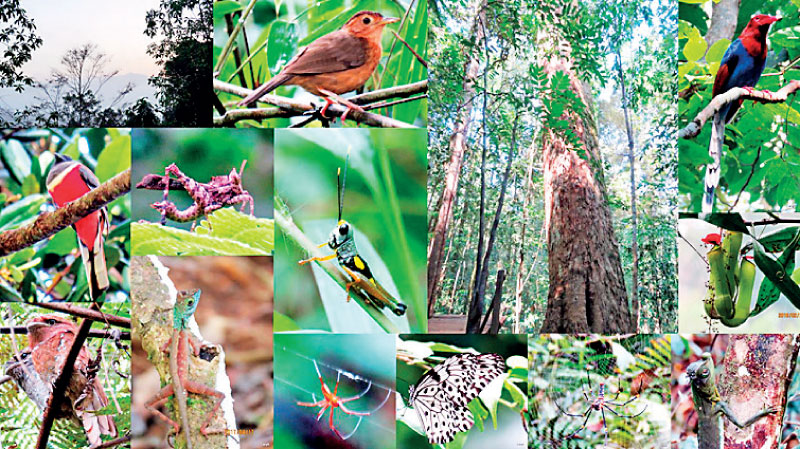
Sinharaja Biodiversity by Caryll Tozer